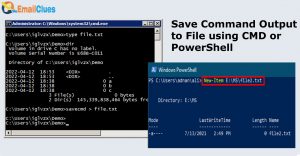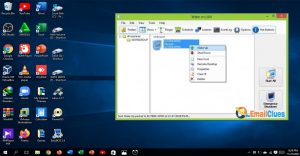8 Top Guides for Designing Template as a Newcomers?

How do you design a template?

How to design a template that works for you? Designing a template can seem like a daunting task, especially if you’ve never done it before or if you’re working on one that other people will use. The good news is that there are many ways to go about this task that will help you get it done quickly and easily, so long as you understand what exactly you need to create in order to make the most of the work you put into your template.
How will you select a template before you begin work? Should I use templates?
There are three main things you should think about when designing your template – structure, layout, and theme.
Your customers need to know that they’re in good hands when they see your template! In order to make sure that you’re designing a template that works, follow these easy steps below and you’ll be creating designs in no time!
What makes a good template? Select a design template | Find good templates
Your template design has to be more than just pretty and visually appealing – it also has to represent you and your brand as well as match the general design aesthetic of your website or business card.
How do you design the perfect template? When it comes to using templates in your business, you may wonder if you’re going to find one that will actually work for you, especially if it’s your first time. Here are some tips on how to design the perfect template, as well as some things to avoid when choosing an off-the-shelf one that fits your needs and style perfectly.
What is the most common writing style guide, Faqs etc.?
You should always consider these three important elements when designing your template – structure, layout, and theme.
Take your time and Analyse thoroughly the structure and layout your template design will be most compatible with and then begin with choosing your theme for the template.
Template by Theme
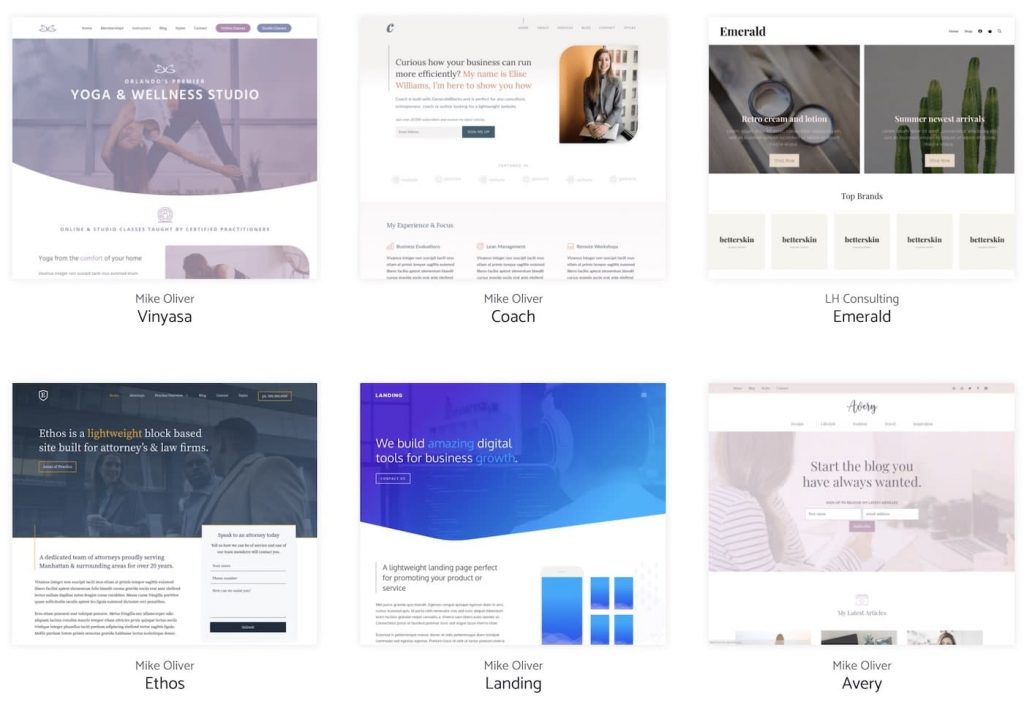
A great way to get started with template design is by finding a pre-made theme that you like and then customizing it to fit your needs. This can be done by changing the colors, adding your own logo, and modifying the layout. If you’re not sure where to start, try looking for inspiration in design brochures or on websites like Pinterest. Once you have a general idea of what you want, sit down and begin sketching out your design.
Template by Layout
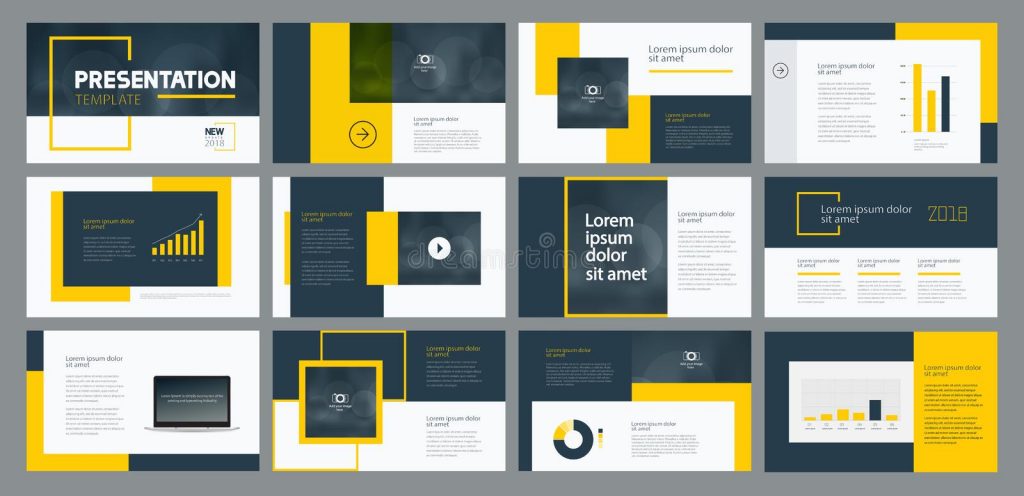
1. A great template design starts with understanding your content. What type of information are you trying to communicate?
2. Once you know your content, decide on the look and feel. Do you want something clean and modern or something more traditional?
3. Consider your audience. Who will be reading your brochure or looking at your logo? 4. Use colors and images that reflect your brand.
Template by Color Scheme
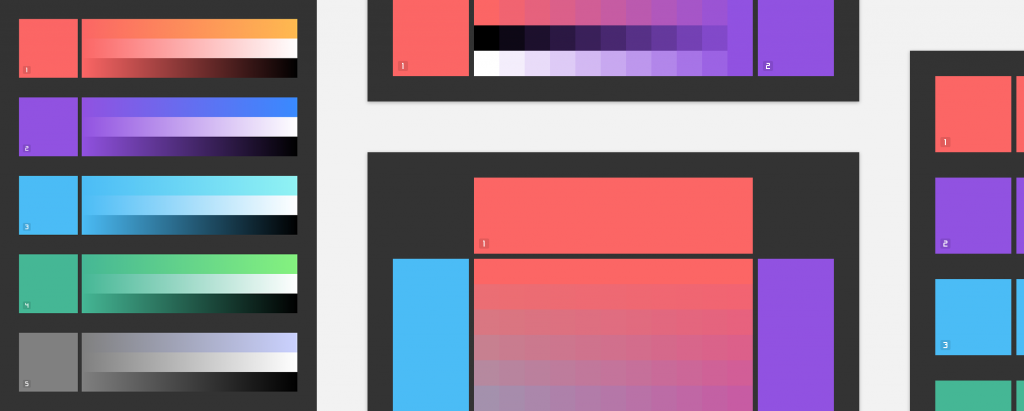
When it comes to design, there are a lot of ways to create a cohesive look for your brand. One way is to choose a color scheme and stick with it across all of your marketing materials. This could mean using the same colors in your logo, brochures, website, and even business cards. If you’re not sure where to start, try looking at some color schemes online or in design books. Once you find one you like, use it as inspiration for your own template design.
Template by Typeface
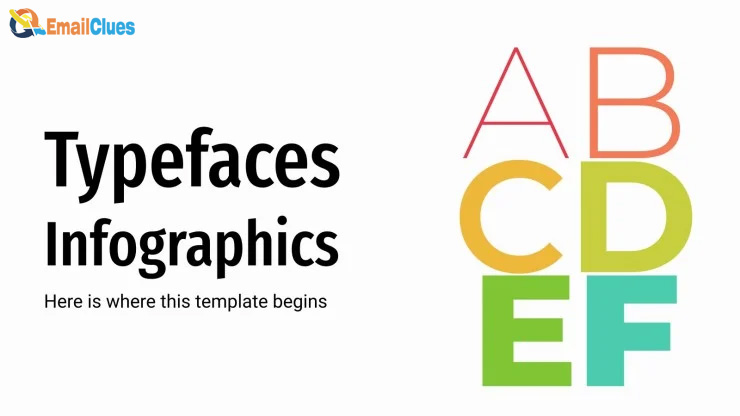
A template is a great way to get started with your design project. But how do you make sure the template you choose is the right one for you? Here are a few things to consider when choosing a template:
-The type of project you’re working on. If you’re designing a brochure, you’ll want a different template than if you’re designing a logo. -Your skill level. If you’re just starting out, look for a template that’s easy to use.
Template by Category/Subject
What kinds of documents can you create using a template?
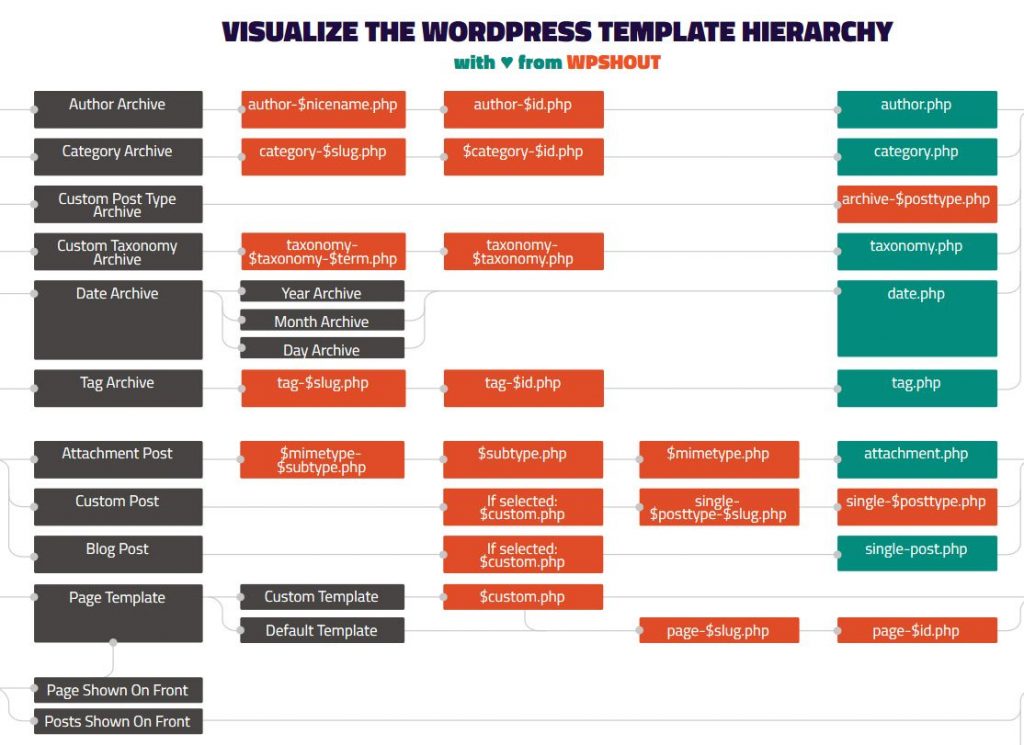
If you’re looking to design a brochure, start by finding templates online or in design software programs. Once you’ve found a general template that you like, begin customizing it to fit your specific needs. You’ll want to consider things like colors, fonts, and images. If you’re designing a logo, be sure to keep your target audience in mind. A simple, clean logo will usually be the best choice.
Template by Formatting
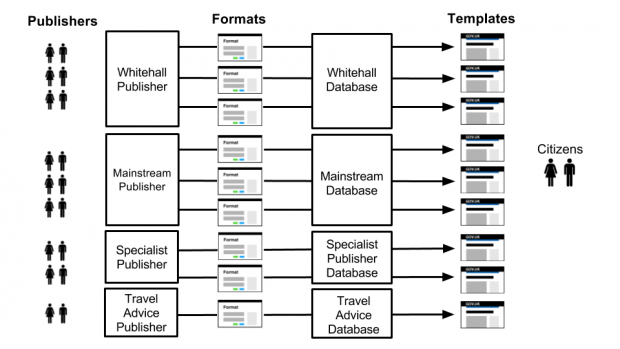
1. When you’re ready to design your logo, start by thinking about what message you want your logo to communicate.
2. Then, make a sketch of your idea or use a logo design tool like Canva to create a professional-looking logo.
3. Once you have your basic design, it’s time to add color and typography. Choose colors that represent your brand and font styles that reflect the tone of your business.
Templates According to Purpose (Social Media Posts, Newsletter, Website, Etc.)
How do I make a design template presentation?
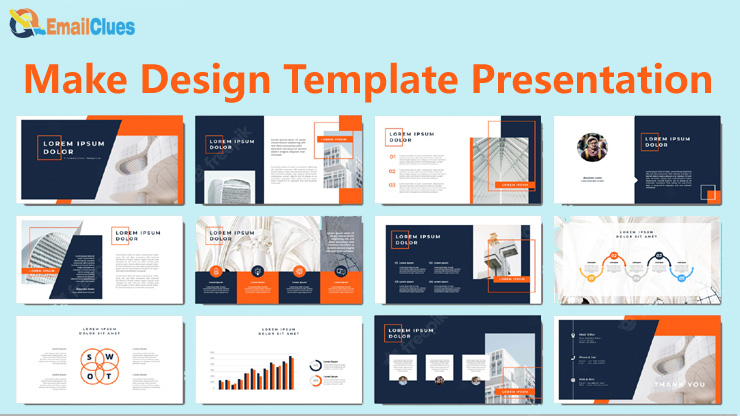
The first step is understanding what the template will be used for. Will it be used for social media posts, or will it be something more static like a newsletter? Once you know the purpose, you can start to think about what kind of content will go into the template. If it’s going to be a social media post, then the images and content will be short and concise with text in only one color. If the template is going to have longer-form text such as in a newsletter, then there might be multiple colors and bigger fonts that work better with white space on them. There are many factors to consider when designing templates for various purposes. It’s important to identify the use case before jumping into design so that your final product reflects what it needs to do.
Free vs. Paid Themes
Where can I design a template?

Starting with your website when you have limited budgets, free themes are great with limited resources. However, free themes often have limited functionality and not updated as regularly as paid themes. Paid themes usually offer more features and options, but they can be pricier. Ultimately, it’s important to choose a theme that fits both your needs and your budget.
What is the difference between style and template?
Style is a predefined format, combination of font style, color, and size that can be applied to any text in your document. Styles help the documents achieve a more professional look and feel.
Templates are documents with predefined page layout, fonts, margins, and styles.

